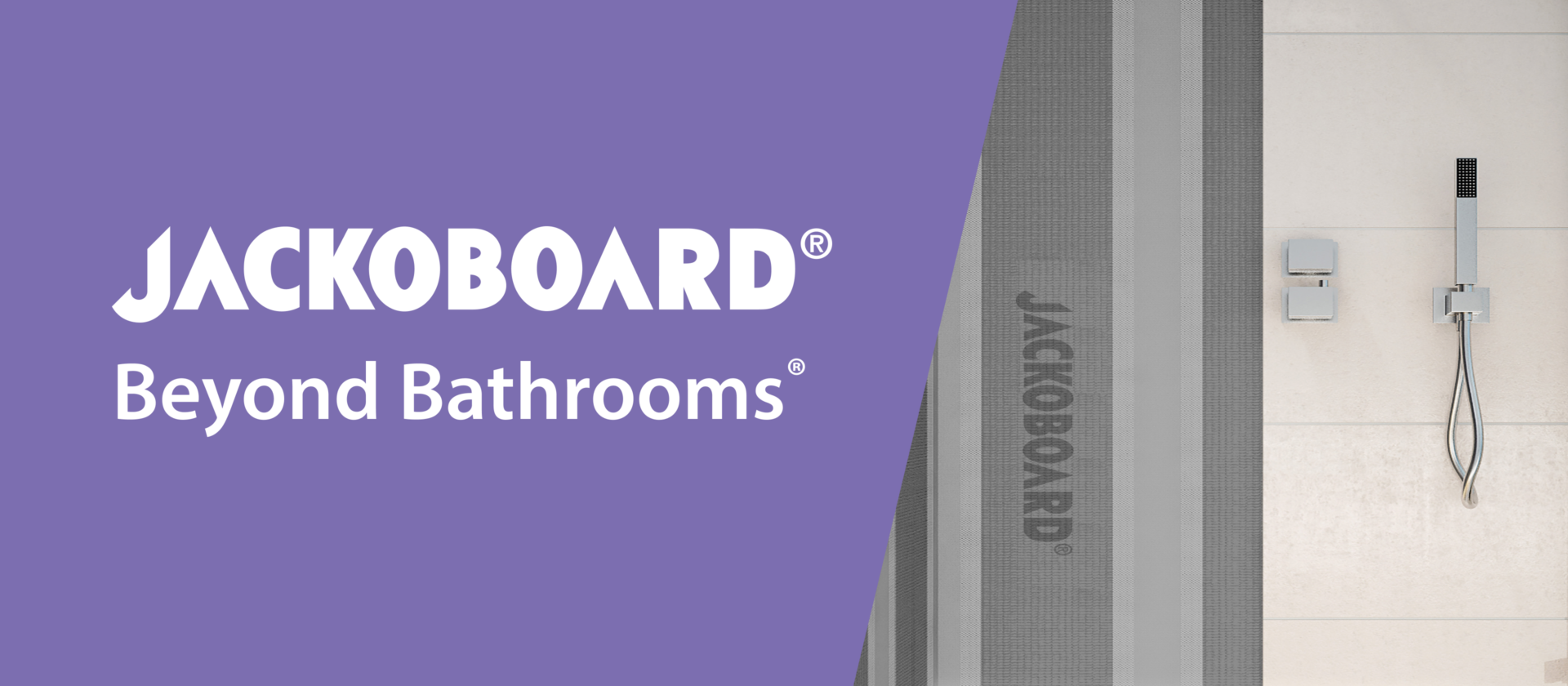BAN ON COMBUSTIBLE MATERIALS WELCOMED
The Government has announced a ban on the use of combustible materials on external walls of new buildings over 18 metres which contain sleeping accommodation, as well as schools over 18 metres which are built as part of the Government’s centrally delivered build programmes. This will include balconies and buildings that undergo a change of use or material alterations to the building. The ban comes into force from Friday 21 December.
According to Bureau Veritas, many in the construction industry have been pleasantly surprised by the Government’s swift action.
The amended building regulations guidance gives legal effect to the combustible materials ban announced by the Government earlier in the year, extending it further than anticipated to include external cladding in new and change of use buildings with a floor over 18 metres and above and applies to residential buildings, hospitals, student accommodation and dormitories in boarding schools.
Andy Lowe, Technical Director of building control at Bureau Veritas, says: “This is a welcome first step in the crusade to improve the industry’s approach to fire safety following the Grenfell tragedy. The Government moved quickly in passing the amended regulations and perhaps exceeded expectations by including not only new but also change of use buildings. The quick turnaround may also have caught some off guard, with not much time to ensure that new buildings of this type do not include timber cladding or combustible insulation.
“There are much wider discussions and ramifications for the construction industry still to come, with the government also making clear that it expects immediate action to speed up emergency remediation works to replace unsafe cladding on existing high rise buildings. Here, the onus is very much on building owners and developers, with an emphasis on costs not being passed on to leaseholders. There is also some debate around how the amended regulations can be interpreted when it comes to balconies and timber decking. It will be interesting to monitor progress on this and how the industry responds over the coming months.”


